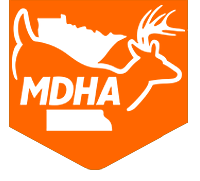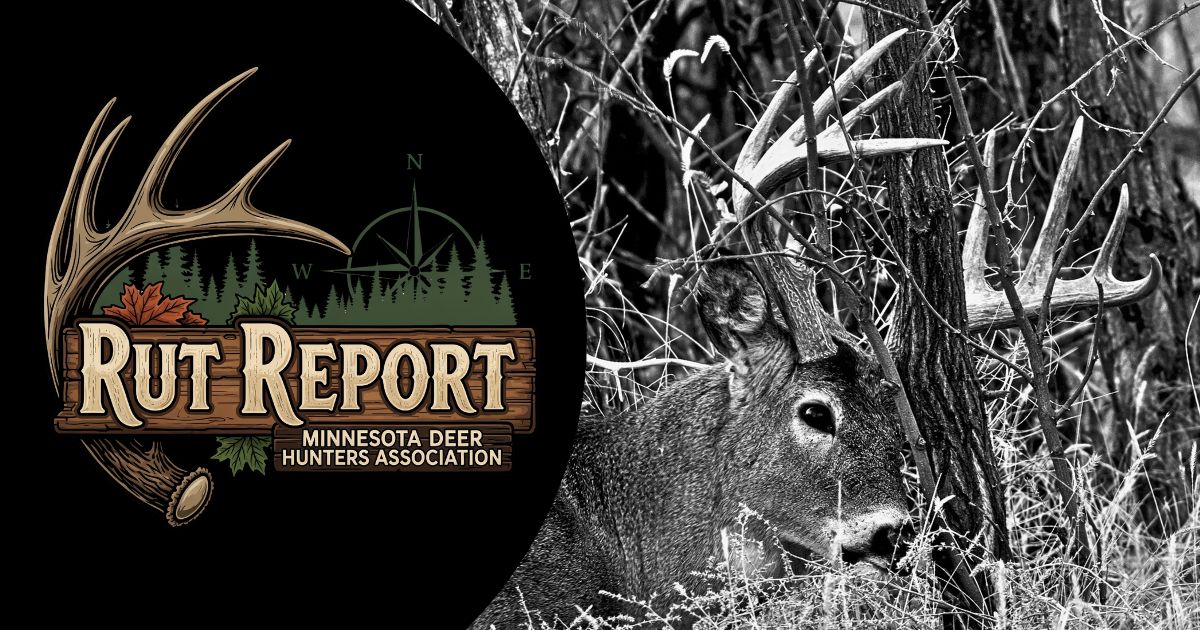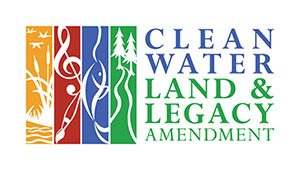The Conservation Partners Legacy (CPL) Grant Program funds conservation projects that restore, enhance, or protect forests, wetlands, prairies, and habitat for fish, game, and wildlife in Minnesota. Funding for the CPL grant program is from the Outdoor Heritage Fund, created by the people of Minnesota.
The Minnesota Deer Hunters Association is committed to building habitat benefiting deer and deer hunters in Minnesota. We have participated in 87 Conservation Partners Legacy (CPL) grant projects since 2010 with over $5.5 million worth of habitat projects accomplished or in progress across the State of Minnesota. As part of that total, in 2018 MDHA applied and was fully funded for 6 new grant projects totaling over $253 thousand.
The CPL Grants Program funds conservation projects from $5,000 to $400,000 with a 10% match. MDHA applies for these grants to further our mission of “building our hunting and conservation legacy through habitat, education and advocacy.” The required match is made possible due to MDHA Chapter’s efforts to raise funds to support habitat projects throughout Minnesota. MDHA Chapters depend on their members who support local chapter’s meetings, banquets, fundraisers and MDHA’s Hides for Habitat donation program. MDHA’s success is also due our collaboration to receive match funds from groups such as The Ruffed Grouse Society, Pheasants Forever, The Rocky Mountain Elk Foundation, The National Wild Turkey Federation, and many local conservation groups and private individuals.
MDHA’s CPL grant program provides us the opportunity to ensure the future of Minnesota’s natural resources to acquire land to increase public hunting opportunities as well as enhance, restore and maintain critical habitat for deer and other wildlife species. The work varies greatly depending on the area of the state and type of native habitat. Much of the work is centered around efforts to:
- Create fresh browse and other food sources for wildlife through mowing or shearing decadent brush and grasses.
- Release work that encourages rapid growth in trees that provide mast crops, prescribed burns, and tree planting work that can provide both a food source and thermal cover.
- Invasive species treatments, especially buckthorn removal, help maintain native forbs and grasses as both food sources and cover for wildlife.





